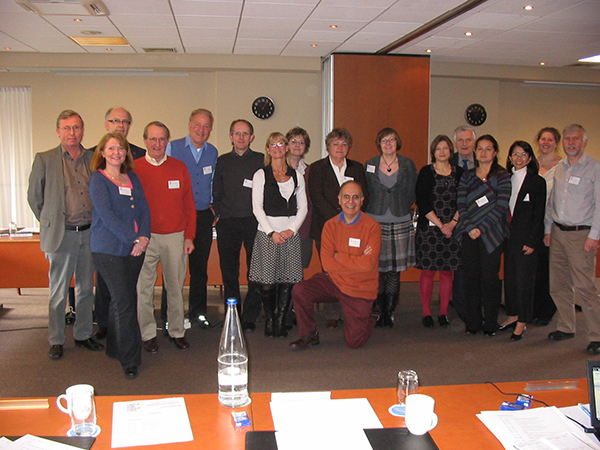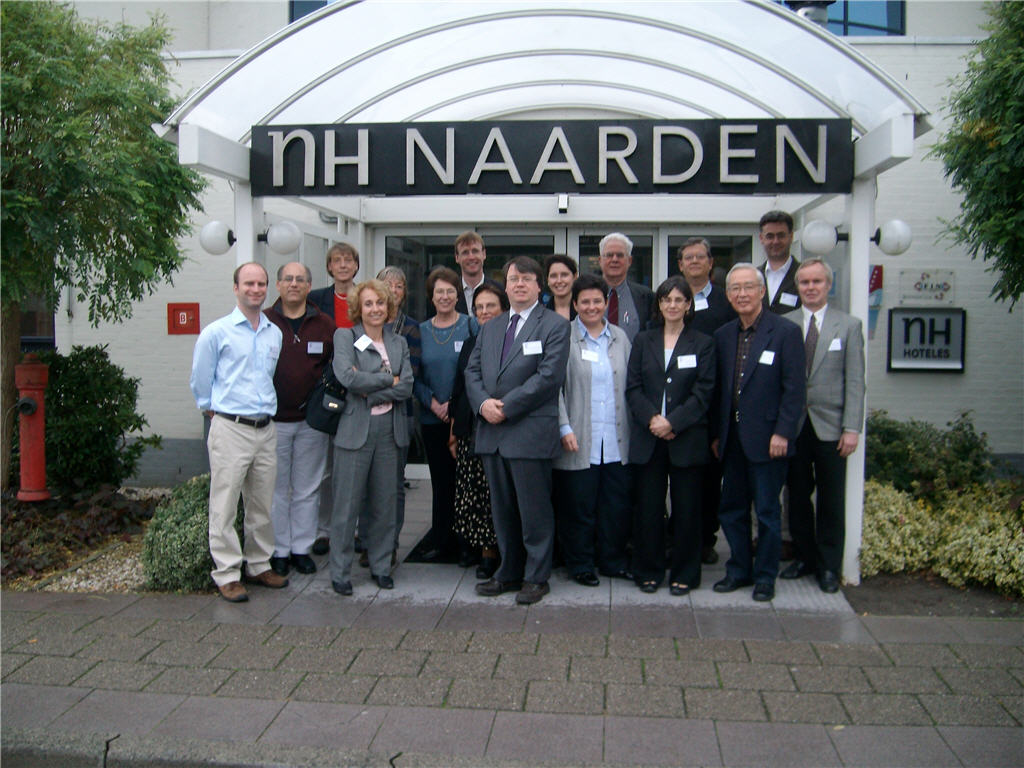Bone protection for DMD patients taking corticosteroids
Corticosteroid treatment increases the risk of vertebral fractures in all children including those with DMD, although the precise risk for this population is not known. Vertebral fractures can cause no symptoms and because they are not routinely screened for, they are not recognised, thus only those fractures causing pain are detected. The definition of a vertebral fracture is not straightforward, at the mildest end of the spectrum there may be only a slight loss of height of the vertebrae while at the severest end the vertebra appears wedged and narrow in shape. Fractures of the vertebrae either occur spontaneously or following a fall onto the buttocks.
In healthy children there is an increase in bone mineral strength with advancing age, corticosteroid treatment interferes with this process. In children with DMD this effect may be less pronounced with intermittent than daily treatment. However, when walking is lost, there is a sharp decrease in bone strength and the risk of vertebral fractures is increased for all steroid regimens. Switching from an intermittent to daily steroid regimen at the point at which walking becomes more difficult may accelerate the risk of vertebral fracture.
Vertebral morphometry is a computerised method of measuring vertebral shape and height from an X ray of the spine and is one way in which subtle changes in vertebral shape can be monitored. The other way to study bone health is by a DEXA scan which measures Bone Mineral Density (BMD). The relationship between these techniques and fracture risk in DMD is not known, although these data are emerging for children as a whole.
Puberty is a time when bone strength normally increases due to hormones such as testosterone. Delayed puberty is an additional problem for steroid treated children, thus if the child is not showing signs of puberty by the age of 14 years then referral to a paediatric endocrinologist for testosterone treatment should be considered.
Weight bearing is important for maintaining bone strength, which is why fracture risk increases dramatically when walking stops, thus, maintaining walking or standing is important in children with DMD. Vitamin D helps to maintain strong bones, adequate blood levels of vitamin D should be maintained for all children taking steroids by giving a daily vitamin D supplement. Calcium is also important for bone health and has a better effect when taken as dairy products, unless the child has a poor dairy intake, in which case a supplement should be given. Bisphosphonates are a group of drugs that can improve bone strength and reduce pain following a fracture. Currently, they are used in children to treat fractures but they are not routinely used to prevent fractures. This is because bisphosphonates remain in bone tissue for many years and the long term effects are not known, although this data may be available soon from studies in children with other conditions.
Bone markers are blood and urine tests which can give an idea of the degree of bone loss or laying down of new bone. Their relationship with the risk of fracture is not known, but they can be useful to monitor the effects of Bisphosphonate treatment. The workshop consensus was that a DEXA scan of the lumbar spine should be performed annually in all DMD children receiving steroids and if the bone mineral density Z score ( adjusted for body size) is less than or equal to -2.0, an X ray of the spine should be performed to look for vertebral changes. Any changes of vertebral shape should be discussed with a metabolic bone expert for consideration of preventative treatment with a Bisphosphonate.
Children presenting with spontaneous painful vertebral fractures should be treated with a bisphosphonate. On the other hand, children who have a single painful vertebral fracture following a fall on the buttock will require pain relief but may not necessarily require treatment with a bisphosphonate.
A full report is published in Neuromuscular Disorders (pdf)







